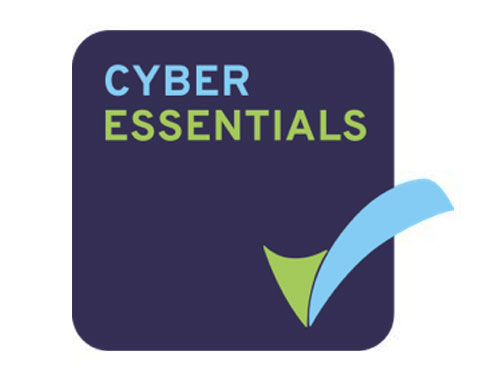
Whether you’re a job seeker, a contractor looking for additional gigs, or just looking to stand out within the tech industry—having an optimized LinkedIn profile is essential in today’s hiring market. Boasting over 830 million members, and more than 58 million registered companies, and with statistics showing that up to 122 million people received interviews through LinkedIn, and a further 35.5 million managed to land a job with someone they connected with on this website—there’s no doubt that LinkedIn is the place to be for professionals looking at developing their careers.
Simply knowing how to create a LinkedIn profile won’t cut it—if you’re serious about career growth and development, you need to optimize your profile to represent who you are, highlight your skills and capabilities, and most of all, catch the right eyes.
In this article, we’ll be looking at the crucial things needed when building a LinkedIn profile, some of the best LinkedIn key practices, and tips to boost your LinkedIn profile as a tech professional.
#1: Add a profile photo and a background image
First impressions matter—and on LinkedIn, the way your profile looks aesthetically at a first glance helps ensure you make a positive one. Add a recent profile photo of yourself, wearing something you’d typically wear for work. Experts suggest your face should take up around 60% of your photo—so steer clear of any long-distance shots. If you can’t find a photo that works—try taking some headshots for LinkedIn. Whether you do that professionally or take a headshot at home, it’ll be worth the investment!
Similarly, your background image should tell your story, and help make your profile memorable. Contrary to your profile photo, it’s completely up to you to choose if you want to appear in your background image. Whichever option you go for, it should be in line with who you are, and what you do. For instance, you can try adding a photo of you working at your home desk, or any tools of the trade, such as a computer screen with the technology you work with on. You can also add a city landscape, particularly if you’re looking for brand-new connections in the city you live in.
#2: Optimize your LinkedIn profile headline
Your profile headline is not just a placeholder for your current position—but rather a 120-character opportunity to describe yourself and your strong points, and what you stand for. If you’re stuck for ideas, try to think of what recruiters or hiring managers tend to look for when looking for people with your set of skills, and craft up a headline around that. For instance, “[Your role] solving business problems with effective Dynamics 365 solutions” is a more powerful header than simply just stating your current position in a business. There are some exceptions, but generally, you need to look for headlines that help you get discovered, while communicating what you do at a first glance.
#3: Craft a great summary
You do not need to be a wordsmith to write an effective LinkedIn summary—but when done well, you can have these 2,000 characters tell your story, highlight your professional experience and skills, show off any major achievements and entice any profile visitors to get to know you better. And, as with any introduction, the first few words will be a make or break. This is why you need to include your hook in the first 300 words—or rather, the number of words automatically displayed on your profile without users having to click “see more”. Include who you are, what you can do for your employers or clients, and a clear call to action so visitors know where to head next—whether that’s to your website, your contact details, or a description of what sort of work you’re interested in.
And while your LinkedIn summary should have a narrative tone of voice, you should include some industry-specific keywords to optimize your searchability. Naturally, don’t overdo it—as jargon- and buzzword-heavy introductions tend to be counterproductive. Identify which keywords you want to be visible for and weave them in your summary. This includes any core area expertise or competencies, the software you have experience with, such as “Microsoft Dynamics”, or any specific modules you’d like to focus on, such as “Microsoft Dynamics Finance”. Adding in any relevant longer-tailed keywords can also help improve your searchability as they demonstrate user intent, so be sure to include these to give recruiters and hiring managers the best chance of finding you for their vacancies.
#4: Optimize your job titles and experience
Similar to your LinkedIn summary, the job titles and experience need to be optimized if you want to get the right people clicking on your profile. Instead of treating your profile like a resume, and simply adding your experience, try including information that will make you stand out by highlighting your accomplishments, like any stats around the results you’ve helped achieve, the number of qualifications you’ve gained, or courses you’ve completed while in each of your roles. Make sure your job title is optimized according to any relevant keywords in the experience details, and if your job title is not such a common one, try adding the more frequently used version in brackets next to it—both of which will improve your profile optimization.
#5: Ask for LinkedIn profile endorsements and recommendations
Recommendations and endorsements are essential for a successful LinkedIn profile—as they give your profile more credibility and make your skills and experience even more quantifiable. Recommendations are also an excellent way to give better insight into what it’s like working with you, what your strong points are, and how satisfied your former colleagues, employers, or clients were with your work and ethic.
Getting endorsements and recommendations on your profile might seem like a daunting task, especially if you’ve never done it before—but in the era of rating and reviews, asking for similar testimonials might not seem as out of this world as you might think. Start by asking your closest colleagues, and then move on to any managers or senior staff you think would be up for it. Naturally, don’t forget to offer to reciprocate the skill endorsements or to write a recommendation for them on their profiles!
#6: Be an active LinkedIn user
Whether it’s sharing brand-new content, re-sharing any interesting or relevant posts, or simply commenting and interacting with someone else’s content—LinkedIn is ultimately a social network, and as with any social platform, the content you post, interactions you make, and their frequency will raise your profile and impact directly on its success.
If you’re looking for inspiration on what to post, follow influencers or any relevant industry pages, such as our Nigel Frank page. Not only can you interact with their posts, and re-share them on your profile, but they can also give you some ideas on what sort of brand-new content you can generate yourself to elevate your profile.
Similarly, long-form content is a great way to show your expertise within your field. This might take more research and time than a normal post on your profile, but their ROI can be quite substantial when done right, as they’re excellent opportunities to start conversations and amplify your network too.
#7: Make LinkedIn part of your daily routine
Although there’s a lot you can do to optimize your LinkedIn profile, updating it shouldn’t take up a lot of time. Instead, try to cut yourself some time every day to go through your feed, and share a meaningful post or link. This can even be while sipping on your morning coffee—or a buffer task while switching from one activity to the next. As with most other things, if you include it in your day-to-day routine, you’re likelier to develop a habit out of it—and if there’s one thing that will help your LinkedIn profile grow, it’s consistency.
Standing out as a candidate isn’t easy—but following the tips in this guide can help give your profile a boost in such a competitive hiring market. If you’re looking for more career tips, we’ve got you covered with in-depth guides on how to stand out as a Microsoft Dynamics candidate, how to negotiate flexible working hours, and how to optimize your tech resume for improved visibility.
Looking to make your next career move?
Check out our extensive list of available Microsoft Dynamics and Azure jobs around the globe.



